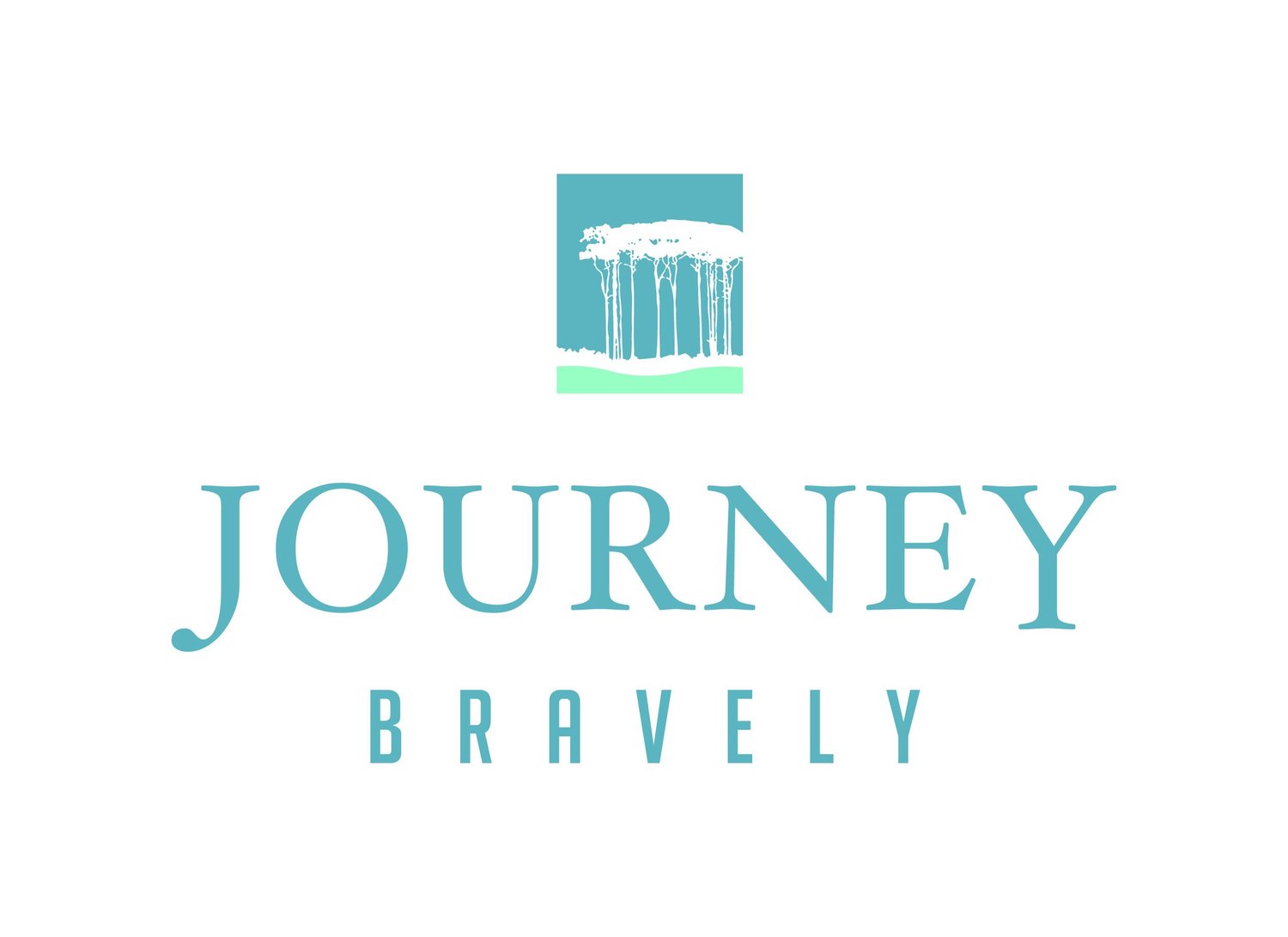There was a season of life where I reached the end of the day feeling I had been a slave to my to-do list. I was busy running from one task to the next. And, even when the days were as productive as they were busy, I often felt unfulfilled at the end of the day. Though things were getting done, there was no time to appreciate my accomplishments and tasks that were being accomplished were sometimes at the expense of being present with the people that matter most to me. I was overwhelmed, tired, and frustrated.
Time is one of our most precious gifts. Time is finite, we can’t “make time,” (even though we often use the phrase) we can only spend it. Additionally, we don’t get “do overs” with our time. So, we have developed and utilize tools to help us maximize our time including watches, calendars, alarm clocks, time management apps on our phones, to-do lists, and many others. Ironically, we can allow ourselves to be controlled by these tools, which are supposed to help us stay in control, at the expense of the very moments the tools were intended to help us maximize.
So how do we break out of this cycle? Here are three strategies that have been helpful for me and my clients:
1. Consider the different aspects of time. In our culture, we tend to think of time in a narrow and limited way. I often introduce my clients to the words the Greeks used to differentiate two ways they thought of time. The two words are chronos and kairos. The Greek word chronos is the easiest for us to understand because it aligns with the mostcommon way we refer to time. Chronos refers to the quantity of time. When we say, “It arrived at 3:07,” or “I am getting married in 18 days,” or “The cupcakes will be ready in 20 minutes,” weare talking about chronos time. Most of the tools we have for time management are built around maximizing time in a quantitative sense. The Greek word Kairos, however, refers to time in a qualitative sense. We tend to think about time in this way far less. However, when we say, “It showed up at just the right time” or “We knew it was time to get married” or “These cupcakes are taking forever” we are referring to kairos time. Our hectic schedules can challenge our efforts to maximize time in a qualitative sense. Of course, both understandings of time are important. A chronos understanding helps us recognize the limits of our time and the need to act so we can move our stories forward. And a kairos understanding helps us think beyond those limits so we move our stories forward with intentionality and meaning.
2. Slow down to speed up. With a Kairos understanding of time, we can begin to see that sometimes the most efficient thing we can do is slow down and take a breath before rushing to the next thing. When we do this, we let go of anxious mental energy in favor of focused mental energy. This also gives us space to exercise a third strategy.
3. Ask, “What is this time for?” When we are thinking about time with a chronos understanding, we will tend to ask questions like, “What do I have to do?”, “Where am I supposed to be?”, or “How long is this going to take?” In this sense, time is being spent and we can find ourselves looking towards what’s next. But, when we are thinking about time with a karios understanding, we might ask a question like, “What is this time for?” Asking this question can help us relax into the moment and consider taking in all the benefits the present moment has to offer. Asking, “What is this time for?” may save me from rushing to accomplish more tasks on my to-do list (quantitative) in favor of taking time to be fully present with my child who is asking for help with a school project or waiting to be tucked in at night (qualitative).
As you work toward making shifts in how you view time, we are here to support you in your journey.
Todd Craig has over 20 years experience having helpful coaching conversations with individuals, couples, and groups including 5 years experience of professional life and leadership coaching. He uses effective, strategic tools including the Birkman and Enneagram in his skill based coaching to help people move their stories and goals forward. To meet with Todd, connect here.







